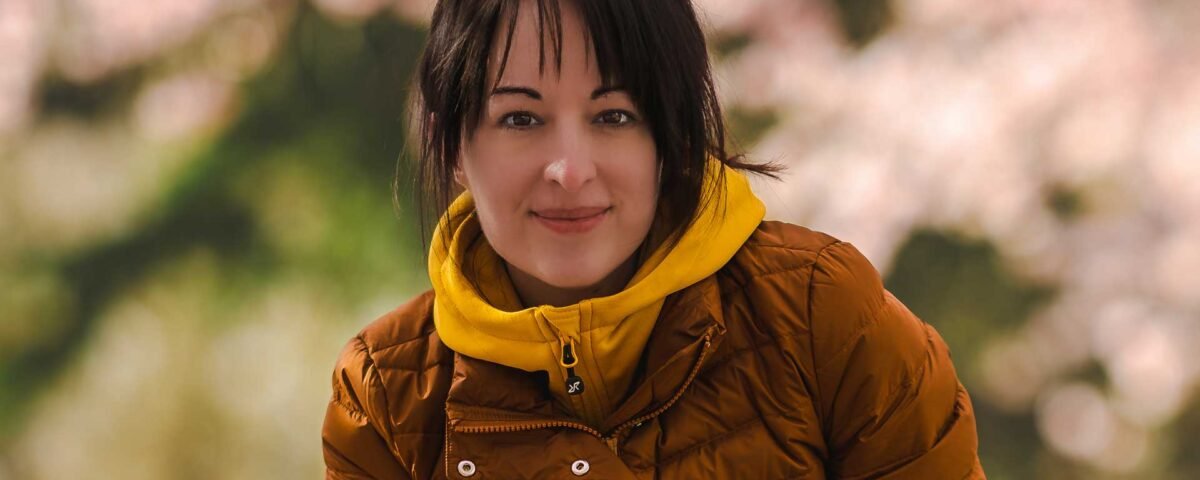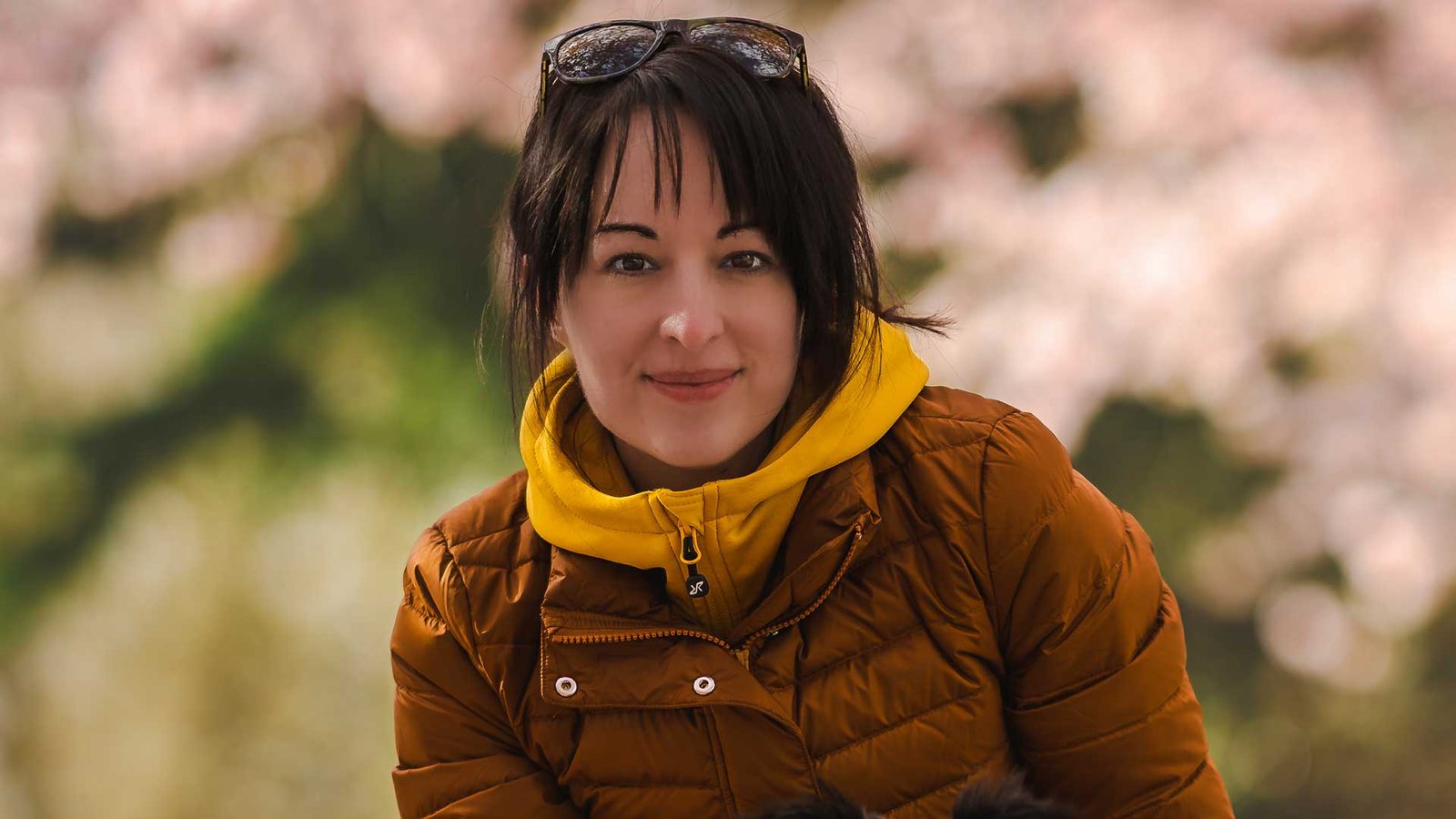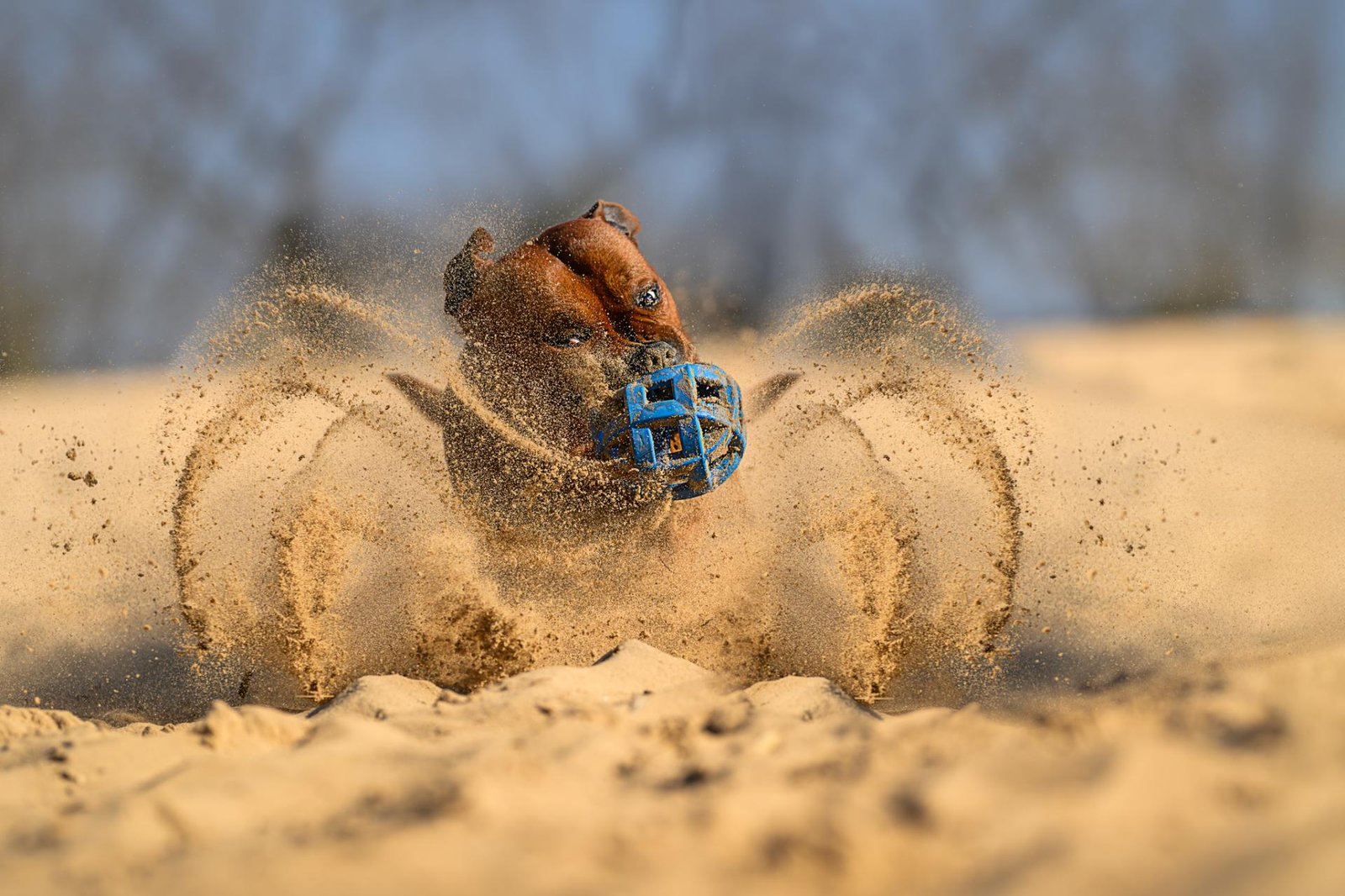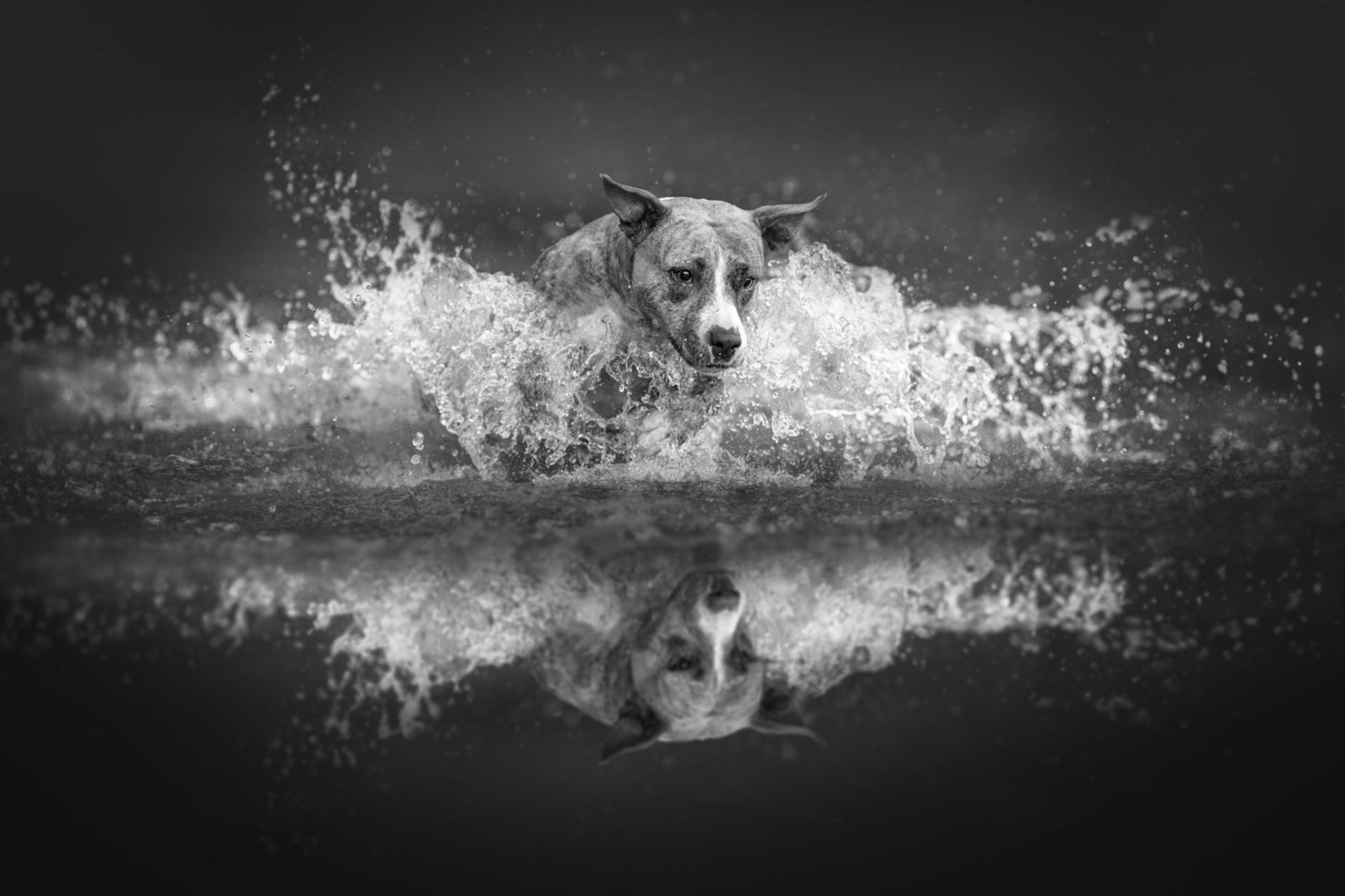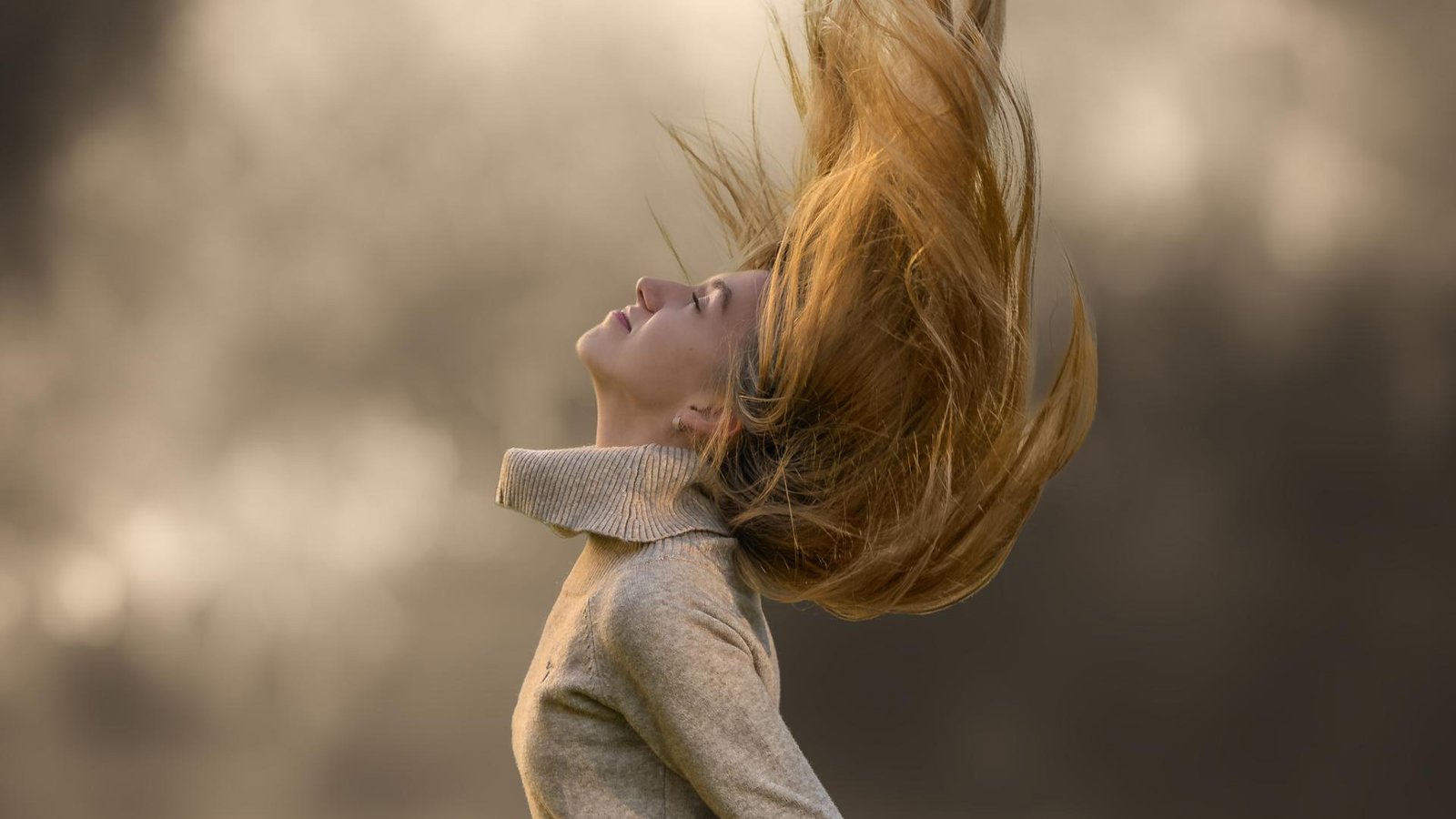1Congratulations on winning in the MUSE Photography Awards! Can you share a little about yourself, what inspired you to pursue photography, and how has your journey evolved since your first shot?
Thank you! I’m a fine art dog photographer with a deep passion for capturing the soul and emotion of animals. I began photographing my own dog years ago, and quickly fell in love with the artistic potential of animal portraiture.
Since then, I’ve developed a signature style that combines elegance, emotion, and storytelling. Winning platinum at MUSE is a dream come true and a huge milestone in my creative journey.
2Can you share the story or inspiration behind your award-winning piece? How does winning this award make you feel about your journey in photography?
The photo, titled Sandstorm Spirit, captures a dog standing against a dramatic sandstorm, symbolizing resilience, freedom, and grace. It was inspired by the idea of inner strength in the face of chaos. Winning this award feels incredibly validating—it reminds me that emotion and storytelling still hold power in photography. It motivates me to keep creating from the heart.
3How do you decide which photo to submit for a competition?
I choose images that evoke strong emotions and have a clear artistic vision. For competitions, I look for photos that tell a story, have technical excellence, and reflect my unique style. It’s important that the image speaks for itself and leaves a lasting impression.
4What first made you pick up a camera?
It was my dog. I wanted to capture our moments together, but soon I realized I was drawn to the artistic side of photography. It became a way to express emotions and stories that words couldn’t capture.
5What’s your favorite type of photography, and why do you love it?
Fine art dog photography is my favorite. I love it because it combines emotion, beauty, and storytelling. Dogs have such expressive souls, and capturing that in an artistic way feels incredibly fulfilling.
6What’s your go-to camera setup, and why does it work best for your projects? What’s your favorite feature?
I use a Nikon Z8 camera and 135mm f/1.8 lens. This setup gives me incredible sharpness and dreamy background separation—perfect for highlighting the dog while keeping the scene soft and artistic. My favorite feature is the eye autofocus, which works beautifully even with animals.
7If someone looked at your work, what’s the one thing you’d want them to feel?
I want them to feel a deep emotional connection—to sense the soul of the dog and the story behind the moment. If my photo moves someone, even for a second, I’ve done my job.
8What was the most challenging part of capturing your winning shot?
The wind and sand were intense during the shoot, making it hard to keep the dog focused and the equipment safe. Timing was everything—I had just a few seconds when the light, pose, and atmosphere aligned perfectly.
9Is there a specific place or subject that inspires you the most?
The wind and sand were intense during the shoot, making it hard to keep the dog focused and the equipment safe. Timing was everything—I had just a few seconds when the light, pose, and atmosphere aligned perfectly.
10Who or what has been your biggest influence in photography?
Nature and animals are my biggest influences—they teach me patience, presence, and emotional honesty. Artistically, I’m inspired more by painters and classical art than photographers. But the most personal influence was my father. I started taking photos when he was diagnosed with cancer.
We often talked about photography, and he was excited to see my first big success. Sadly, he passed away last summer before that moment came. This award is also for him.
11What message would you share to inspire photographers to participate in photography awards, and what advice would you give to help them excel in the competition?
Don’t wait until you feel “ready.” If your work comes from the heart, it deserves to be seen. Awards like the MUSE Photography Awards are not just about winning—they’re about growth, connection, and being brave enough to share your vision. Stay true to your style, and focus on emotion and storytelling. That’s what makes an image unforgettable.
12What’s one piece of advice for someone just starting in photography?
Follow your curiosity, not trends. Practice often, be patient with yourself, and photograph what truly moves you. That’s where your unique voice will start to emerge—and that’s what the world needs.
13What role do editing and post-processing play in your creative workflow?
Editing is a key part of my creative process. It allows me to enhance the mood, emphasize emotion, and bring my artistic vision to life. I see post-processing not as correction, but as the final brushstroke on a painting—it completes the story I want to tell.
14How do you see technology, like AI, influencing the future of photography and your own approach?
I haven’t really connected with AI in photography—at least not yet. While I see its potential, I believe the heart of photography should always pass through the eye and soul of the photographer. That human connection, emotion, and instinct can’t be replicated.
15If you could photograph anything or anyone in the world, what would it be?
I would love to photograph wild horses in nature—somewhere remote and untouched. Capturing their raw freedom and beauty, unshaped by human hands, would be the perfect harmony of fine art and untamed truth.



